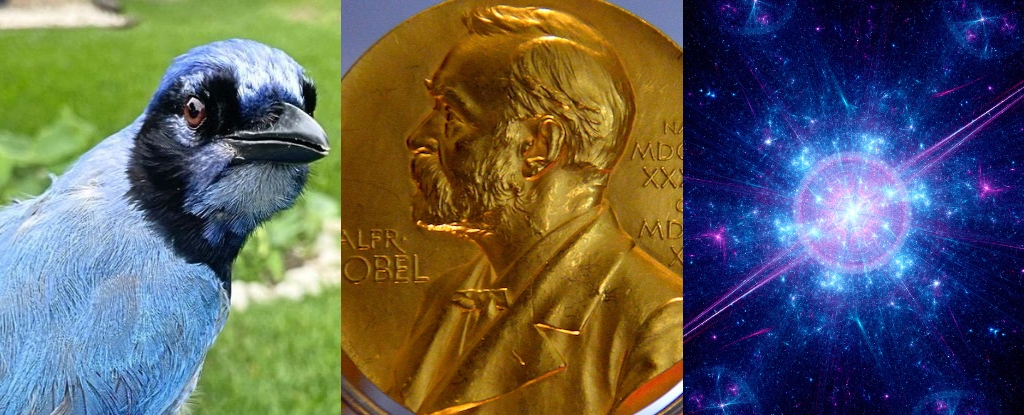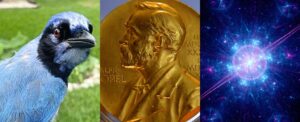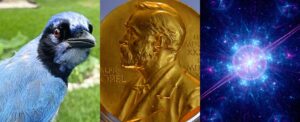
This week in science brought significant revelations across various fields, highlighting advancements in health, groundbreaking research recognized by the Nobel Prizes, and new insights into the universe’s fate. A major study has identified that 99 percent of heart attacks and strokes are linked to four key risk factors: high blood pressure, high cholesterol, high blood sugar, and smoking. Notably, high blood pressure emerged as the most prevalent risk factor, with over 93 percent of individuals in both the United States and South Korea experiencing cardiovascular events having hypertension prior to their incidents.
Major Study Links Heart Health to Key Risk Factors
The research underscores the importance of managing high blood pressure to prevent serious cardiovascular diseases. This finding is expected to prompt public health discussions and encourage individuals to adopt healthier lifestyles.
In a related development, the 2025 Nobel Prizes were awarded this week, recognizing remarkable achievements in scientific research. The Nobel Prize in Physiology or Medicine went to Shimon Sakaguchi of Osaka University, along with Mary E. Brunkow and Fred Ramsdell from the United States, for their work on how the immune system prevents itself from attacking the body. This discovery could pave the way for new treatments for autoimmune diseases.
The Nobel Prize in Physics was awarded to John Clarke from Britain, Michel Devoret from France, and John Martinis from the United States for their contributions to quantum mechanics, which have significant implications for developing technology, including smartphones and advanced computers.
The Nobel Prize in Chemistry recognized Susumu Kitagawa from Kyoto University, Richard Robson from the University of Melbourne, and Omar M. Yaghi from the University of California, Berkeley for their innovative work on a new form of molecular architecture that features crystals with large cavities. This advancement may lead to breakthroughs in materials science and various applications.
Insights into Sleep, Lung Cancer, and the Universe’s Fate
Research has also unveiled five distinct sleep profiles, each linked to unique brain function patterns observed through MRI scans. According to Aurore Perrault, a neuroscientist at Concordia University in Canada, these profiles reflect not only health and behavior but also the brain’s wiring and activity.
In another intriguing discovery, a hybrid bird named “Grue Jay” was spotted in a Texas backyard. Brian Stokes, an ecologist at the University of Texas at Austin, noted that this may be the first observed vertebrate hybrid resulting from two species expanding their ranges, likely due to climate change.
Significantly, toenail analysis has emerged as a potential indicator of lung cancer risk. Aaron Goodarzi from the University of Calgary explained that this research aims to identify patients whose lung cancer is not caused by tobacco smoke, enhancing early screening and diagnosis options.
Lastly, physicists are making strides in understanding the universe’s ultimate fate. Henry Tye, an astrophysicist at Cornell University, discussed the implications of a reverse Big Bang theory, suggesting that the universe may not be infinite. Tye emphasized the importance of understanding both the beginnings and endings of life and the universe, providing a framework for future exploration of cosmic phenomena.
As scientific inquiry continues to evolve, these discoveries illustrate the dynamic interplay between health, technology, and our understanding of the universe.







